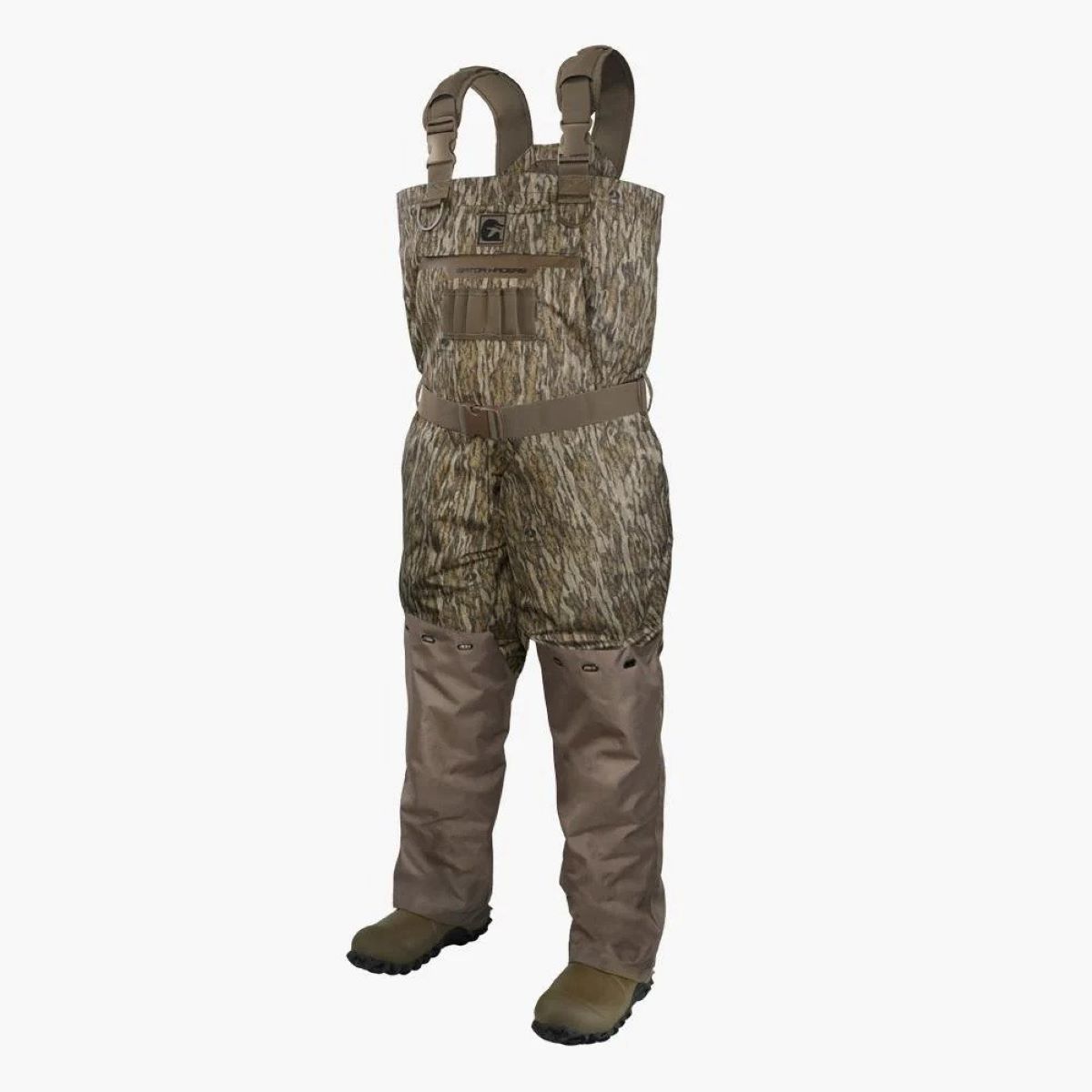

Articles
How To Store Waders
Modified: December 7, 2023
Learn how to properly store your waders to extend their lifespan with our informative articles. Find tips and tricks for storing your waders here.
(Many of the links in this article redirect to a specific reviewed product. Your purchase of these products through affiliate links helps to generate commission for Storables.com, at no extra cost. Learn more)
Introduction
Waders are an essential piece of gear for anglers, hunters, and outdoor enthusiasts. They provide protection and allow for comfort while venturing into water or muddy environments. However, the proper storage of waders is often overlooked. Many people simply toss them in a corner or leave them wet, which can lead to damage and a shortened lifespan.
In this article, we will discuss the importance of proper wader storage and provide you with tips on how to store your waders to maintain their longevity and functionality. By following these guidelines, you can ensure that your waders are always ready for your next outdoor adventure.
Key Takeaways:
- Proper wader storage is essential for maintaining gear longevity, preventing mold growth, and preserving fabric integrity. Choose a dry, ventilated location and clean, dry, and fold waders properly for optimal storage.
- Protect waders from sunlight exposure, use storage bags or containers, and follow long-term storage tips to ensure gear remains in top condition. Proper storage practices extend wader lifespan and maintain optimal performance for outdoor adventures.
Read more: How To Store Neoprene Waders
Importance of Proper Wader Storage
Properly storing your waders is essential for several reasons. First and foremost, it helps to maintain the integrity and durability of the waders. By storing them correctly, you can minimize wear and tear, prolonging the lifespan of the waders and saving you money in the long run.
Secondly, proper storage of waders prevents the growth of mold, mildew, and bacteria. Waders are often exposed to water, mud, and other elements that can promote the growth of these organisms. Storing them in a dry and well-ventilated area ensures that they dry out completely, reducing the risk of mold or mildew formation.
Additionally, storing your waders properly makes them readily available for your next outing. Imagine the frustration of planning a fishing trip or a hunting expedition, only to find that your waders are damaged or unusable because they weren’t stored correctly. By implementing proper storage techniques, you can avoid these disappointments and ensure that your gear is ready when you need it.
Lastly, proper wader storage helps to maintain the shape and appearance of the waders. Folding or storing them haphazardly can result in wrinkles, creases, and permanent damage. By following proper folding and storage techniques, you can preserve the aesthetics of your waders, keeping them in top-notch condition.
Overall, investing time and effort into proper wader storage is crucial for maintaining the functionality, durability, and appearance of your gear. Now, let’s explore how to choose an ideal storage location for your waders.
Choosing an Ideal Storage Location
When it comes to storing your waders, selecting the right location is paramount. Here are some factors to consider when choosing an ideal storage spot:
1. Dryness: Look for a dry area that is free from moisture. Avoid locations with high humidity, such as basements or damp storage closets. Moisture can lead to mold and mildew growth, which can damage your waders over time.
2. Ventilation: Ensure that the storage area is well-ventilated to allow airflow. This will help to keep your waders dry and prevent any musty odors from developing. Good ventilation also helps to discourage the growth of mold and mildew.
3. Temperature: Opt for a location with stable temperatures. Extreme hot or cold temperatures can affect the quality of the waders, causing them to deteriorate more quickly. Avoid storing them in areas that are prone to extreme temperature fluctuations, such as attics or uninsulated garages.
4. Protection from sunlight: Sunlight exposure can weaken and fade the fabric of your waders over time. Look for a storage spot away from direct sunlight, or use a cover or curtain to shield them from UV rays.
5. Accessibility: Choose a location that is easily accessible. This will make it convenient for you to retrieve your waders whenever you need them, without having to rummage through clutter or obstacles.
Some ideal storage locations for waders include a dedicated gear closet, a dry basement room, or a well-ventilated garage. If you have limited space indoors, consider investing in a storage bag or container specifically designed for waders.
Now that we’ve discussed the importance of choosing an ideal storage location, let’s move on to the essential step of cleaning and drying your waders before storing them.
Cleaning and Drying Waders before Storage
Before storing your waders, it’s crucial to clean and dry them properly. This step ensures that any dirt, debris, or moisture is removed, preventing the growth of mold or mildew during storage. Here are some steps to follow:
1. Rinse off: Start by rinsing your waders with freshwater to remove any dirt or mud. Use a gentle stream of water to avoid damaging the fabric or seams. Pay extra attention to the areas that are prone to accumulation, such as the feet and knees.
2. Use mild soap: If your waders have stubborn stains or odors, you can use a mild soap or wader-specific cleaner. Follow the manufacturer’s instructions and use a soft cloth or sponge to gently scrub the affected areas. Avoid using harsh chemicals or abrasive materials that can degrade the fabric.
3. Rinse again: Once you’ve cleaned the waders, rinse them thoroughly with freshwater to remove any soap residue. Make sure all the soap is washed away, as leftover residue can cause irritation or damage the fabric over time.
4. Dry completely: After rinsing, hang your waders in a well-ventilated area to dry completely. Ensure that they are not exposed to direct sunlight, as this can accelerate the fading process. Avoid using artificial heat sources like radiators or hair dryers, as excessive heat can damage the fabric. Allow the waders to air dry naturally, which may take a few hours or overnight.
5. Check for moisture: Before storing your waders, make sure they are completely dry. Check inside the boots, pockets, and seams for any residual moisture. Dampness can lead to the growth of mold or mildew during storage. If you find any damp areas, allow them to dry completely before proceeding.
By cleaning and thoroughly drying your waders before storage, you eliminate moisture and prevent any potential damage or unpleasant odors from occurring. Now, let’s move on to the next step: folding techniques for waders.
Folding Techniques for Waders
Properly folding your waders is essential for maximizing storage space and preventing unnecessary creasing or damage to the fabric. Here are some folding techniques to consider:
1. Invert the waders: Start by turning your waders inside out. This ensures that any remaining moisture on the inside is exposed to the air and can evaporate, helping to keep your waders dry and odor-free.
2. Fold the legs: Fold each leg toward the center of the waders, aligning the seams if possible. Make sure to smooth out any wrinkles or folds as you go. This step helps to minimize creasing and maintain the shape of the waders.
3. Fold the upper body: After folding the legs, fold the upper body of the waders down toward the waist area. Again, try to align the seams and smooth out any wrinkles. This folding technique helps to further reduce creases and bulkiness.
4. Secure with straps or ties: If your waders have built-in straps or ties, use them to secure the folded waders together. This step helps to keep the folded waders compact and prevents them from unfolding during storage or transportation.
5. Place in a storage bag/container: Once your waders are folded and secured, consider placing them in a dedicated storage bag or container. This provides an additional layer of protection from dust, insects, and any accidental damage. Make sure the bag or container is clean, dry, and well-ventilated to prevent moisture buildup.
Remember, the goal of folding your waders is to minimize creases and maintain their shape. Avoid folding them in tight, sharp angles, as this can cause stress to the fabric and lead to permanent damage. Now that your waders are properly folded, it’s time to discuss the importance of storing them in a dry and ventilated area.
Hang your waders upside down in a cool, dry place to allow them to air out and prevent mold and mildew. Avoid storing them in direct sunlight or near heat sources.
Read also: 10 Superior Wader Dryer For 2024
Storing Waders in a Dry and Ventilated Area
Choosing the right storage location for your waders is crucial to maintaining their quality and prolonging their lifespan. Here’s why storing them in a dry and ventilated area is essential:
Prevents moisture buildup: Moisture is the enemy of waders as it can lead to the growth of mold, mildew, and bacteria. Storing your waders in a dry area helps to prevent these issues, keeping your gear fresh and odor-free.
Avoids fabric deterioration: Excessive moisture can cause the fabric of the waders to weaken and degrade over time. By storing them in a dry environment, you reduce the risk of the fabric breaking down and losing its waterproof properties.
Reduces the chance of mold and mildew: Mold and mildew thrive in damp and poorly ventilated areas. Storing your waders in a dry and well-ventilated space minimizes the conditions that favor their growth. This keeps your waders hygienic and safe to use for your next adventure.
Preserves the integrity of the materials: Storing waders in a dry and ventilated area helps to preserve the integrity of different components, such as neoprene or breathable fabric. Moisture can cause these materials to become brittle or deteriorate, potentially compromising their performance.
To ensure that your waders remain dry and well-ventilated during storage, consider the following tips:
1. Use a wader hanger: Invest in a wader hanger specifically designed to hold your waders. These hangers facilitate air circulation, allowing your waders to dry out completely and preventing any moisture buildup.
2. Hang in an upright position: Hang your waders in an upright position, preferably from the boots. This allows any remaining moisture inside the waders to drain down and evaporate over time.
3. Avoid storing in a plastic bag: While it might be tempting to store your waders in a plastic bag for protection, it can actually trap moisture and promote mold growth. Opt for breathable storage options instead, such as fabric or mesh bags.
4. Clean the storage area regularly: Keep the storage area clean and free from dust or debris. Regular cleaning helps to maintain a healthy and hygienic environment for your stored waders.
By storing your waders in a dry and well-ventilated area, you can ensure that they remain in excellent condition and are always ready for your next outdoor adventure. Next, let’s discuss the use of wader storage bags or containers to provide extra protection.
Using Wader Storage Bags or Containers
Wader storage bags or containers are excellent options for keeping your waders protected and well-organized during storage. Here’s how they can benefit you:
Protection from dust and damage: Wader storage bags or containers provide an extra layer of protection, shielding your waders from dust, dirt, and potential damage. They help to maintain the integrity of the waders and keep them in pristine condition.
Organized storage: Using dedicated storage bags or containers allows you to keep your waders neatly organized in one place. This minimizes the risk of misplacing or damaging them and makes it easier to access when you’re ready for your next outdoor adventure.
Easy transportation: Wader storage bags or containers often come with handles or straps, making them convenient for transportation. Whether you’re heading to a fishing spot or packing for a hunting trip, having a secure and portable storage solution for your waders is invaluable.
Additional ventilation: Look for storage bags or containers that have breathable materials or ventilation panels. This ensures that air can circulate around your waders, helping them to dry out completely and preventing any moisture buildup that may lead to mold or mildew.
When using wader storage bags or containers, here are some tips to keep in mind:
Choose the right size: Ensure that the storage bag or container is large enough to accommodate your waders comfortably. Avoid folding or cramming them into a bag that is too small, as this may cause unnecessary creasing or damage.
Clean and dry waders before storing: Always make sure your waders are clean and completely dry before placing them inside a storage bag or container. Any moisture left inside can lead to mold or mildew formation, even with the added protection.
Store in a dry location: While wader storage bags or containers provide an extra layer of protection, it’s important to store them in a dry and well-ventilated area. This helps to prevent any moisture buildup and maintain the freshness of your gear.
Check for any signs of damage: Before storing your waders in a bag or container, inspect them for any signs of damage, such as rips, tears, or worn-out seams. Address any repairs or maintenance needed to ensure that your waders are in optimal condition.
By utilizing wader storage bags or containers, you can keep your waders protected, organized, and easily transportable. However, it’s still essential to protect your waders from sunlight exposure, as we’ll discuss next.
Protecting Waders from Sunlight Exposure
While proper storage and maintenance are key to preserving the lifespan of your waders, protecting them from sunlight exposure is equally important. Here’s why you should shield your waders from prolonged exposure to the sun:
Prevents fabric fading: Sunlight contains ultraviolet (UV) rays that can cause the fabric of your waders to fade over time. Prolonged exposure to direct sunlight can result in the loss of vibrant colors and make your waders look worn and dull.
Avoids fabric degradation: Besides fading, UV rays can also weaken the fabric of your waders. Overexposure to sunlight can result in the breakdown of the fabric’s fibers, making them more prone to tears, rips, or other damage.
Preserves waterproof properties: Many waders come with a waterproof coating or membrane. Sunlight exposure can accelerate the degradation of this protective layer, leading to reduced water repellency and overall performance.
To protect your waders from sunlight exposure, consider the following tips:
Store in a dark area: When not in use, store your waders in a dark or shaded area away from direct sunlight. This could be a closet, gear room, or storage space protected from natural light. Keeping them out of the sun when not needed helps to minimize UV damage.
Use a wader cover or curtain: If you must store your waders in a location where they are exposed to sunlight, use a wader cover or curtain to shield them from direct UV rays. This additional layer of protection can help to reduce the impact of sun exposure.
Apply a UV protectant spray: Consider using a UV protectant spray designed for outdoor gear and fabrics. These sprays create a barrier that helps to block UV rays and minimize the harmful effects of sunlight on your waders.
Regularly inspect and clean your waders: Routinely check your waders for any signs of fading or damage. Promptly address any issues and clean your waders using gentle cleaners recommended by the manufacturer. Regular maintenance helps to keep your waders in top condition and extend their lifespan.
By taking steps to protect your waders from sunlight exposure, you can ensure that they maintain their appearance, functionality, and durability for a prolonged period. Now, let’s move on to some tips for long-term wader storage.
Tips for Long-term Wader Storage
If you plan to store your waders for an extended period, such as during the offseason, it’s important to take proper precautions to keep them in optimal condition. Here are some tips for long-term wader storage:
Clean and dry waders thoroughly: Before storing your waders for an extended period, make sure they are thoroughly cleaned and completely dry. Any leftover moisture can lead to mold or mildew growth during storage. Take the time to inspect and address any repairs or maintenance needed.
Protective storage container: Consider investing in a storage container specifically designed for waders. These containers provide additional protection from dust, pests, and accidental damage. Ensure the container is clean, dry, and well-ventilated to prevent moisture buildup.
Wader storage racks: If you have multiple pairs of waders or limited storage space, using wader storage racks can be a convenient option. These racks allow you to hang and store your waders in an organized manner, reducing the risk of creasing or damage.
Store in a temperature-controlled environment: Extreme temperatures can have a negative effect on the quality and lifespan of your waders. Ideally, store them in a temperature-controlled environment to minimize the risks of fabric deterioration or damage caused by heat or cold.
Inspect periodically: Even in long-term storage, it’s essential to periodically inspect your waders. Check for any signs of damage, mold, mildew, or insect infestation. Address any issues immediately to prevent further damage and ensure your waders are ready for use when needed.
Avoid storing near chemicals: Keep your waders away from any potentially harmful substances such as solvents, gasoline, or strong cleaning agents. These chemicals can degrade the fabric or cause discoloration over time.
Label and organize: If you have multiple pairs of waders or outdoor gear, label and organize your storage containers for easy identification. This will save you time and effort when retrieving your waders for future use.
Refresh waterproofing before use: If your waders have been in storage for an extended period, it’s a good idea to refresh the waterproofing before using them. Follow the manufacturer’s instructions and apply a waterproofing spray or treatment to maintain their water-resistant properties.
By following these tips, you can ensure that your waders remain in excellent condition during long-term storage. Now, let’s summarize the key points and importance of proper wader storage.
Read more: How To Store Basil From Grocery Store
Conclusion
Proper storage of your waders is crucial for maintaining their longevity, functionality, and overall quality. By following the guidelines outlined in this article, you can ensure that your waders are always ready for your next outdoor adventure.
We discussed the importance of choosing an ideal storage location that is dry, well-ventilated, and protected from sunlight. This helps to prevent moisture buildup, mold or mildew growth, fabric fading, and overall degradation of your waders.
Cleaning and drying your waders before storage is essential to remove dirt, debris, and moisture. It also helps to prevent any unpleasant odors and maintain the integrity of the fabric.
Proper folding techniques, such as inverting the waders, folding the legs and upper body, and securing them with straps or ties, minimizes creases and maintains the shape of your waders during storage.
Using wader storage bags or containers provides an additional layer of protection, keeping your waders organized, dust-free, and easily transportable.
Protecting your waders from sunlight exposure helps to prevent fabric fading, degradation, and loss of waterproof properties. Storing them in a dark or shaded area, using covers or curtains, and applying UV protectant sprays are effective measures in preserving their quality.
For long-term wader storage, ensure your waders are clean and dry, store them in protective containers or racks, and periodically inspect them for any issues that may arise.
In conclusion, proper wader storage not only extends the lifespan of your gear but also ensures that they are always in optimal condition when you’re ready to embark on your next outdoor adventure. By implementing these storage practices, you can enjoy the durability, performance, and comfort of your waders for years to come.
Frequently Asked Questions about How To Store Waders
Was this page helpful?
At Storables.com, we guarantee accurate and reliable information. Our content, validated by Expert Board Contributors, is crafted following stringent Editorial Policies. We're committed to providing you with well-researched, expert-backed insights for all your informational needs.



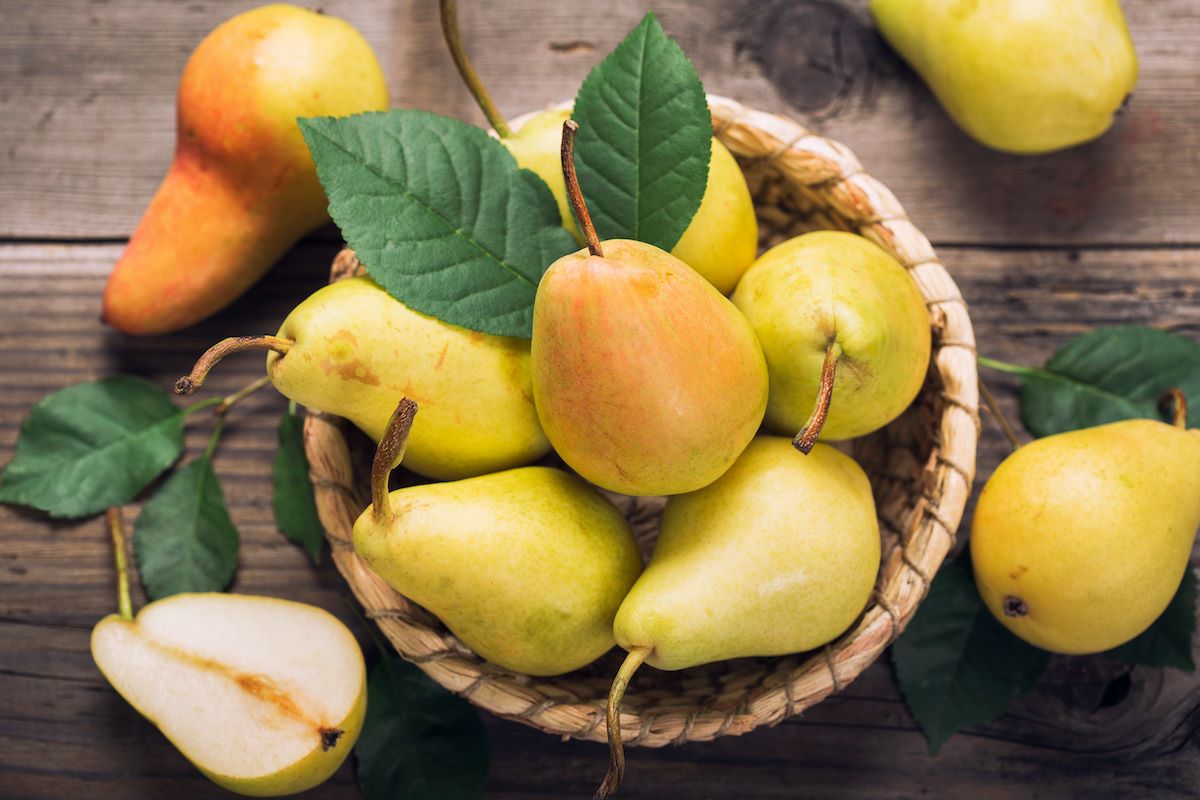
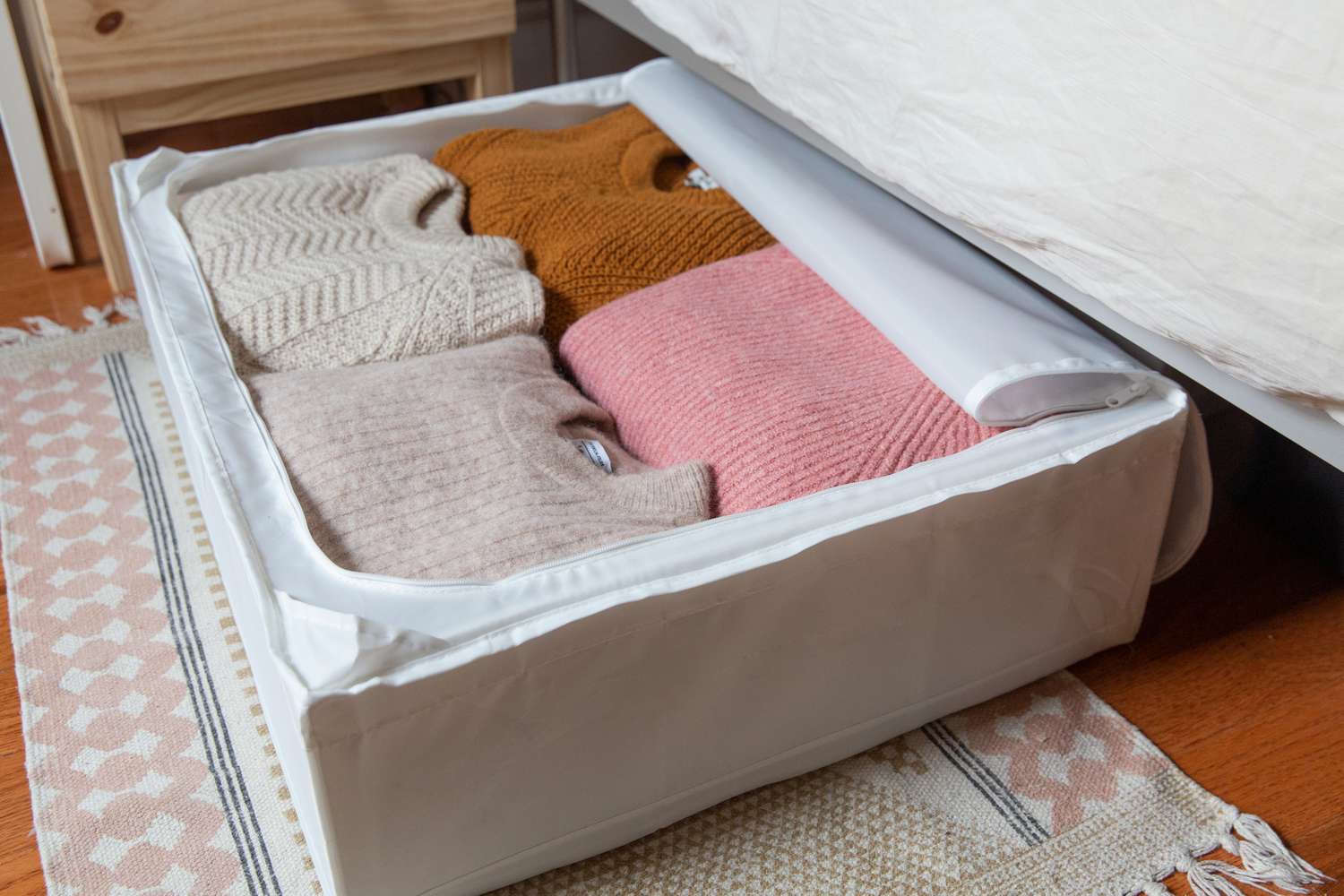
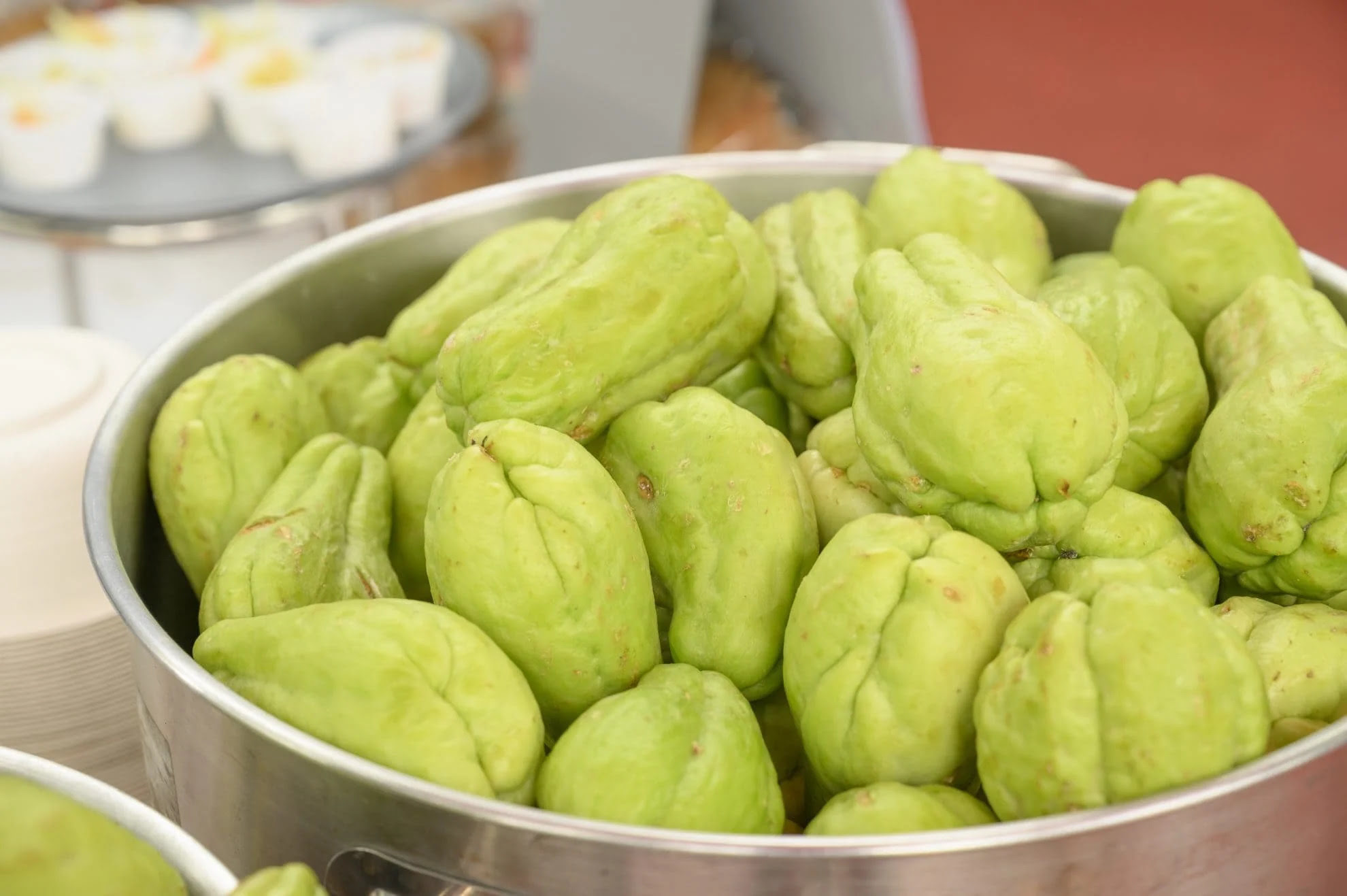

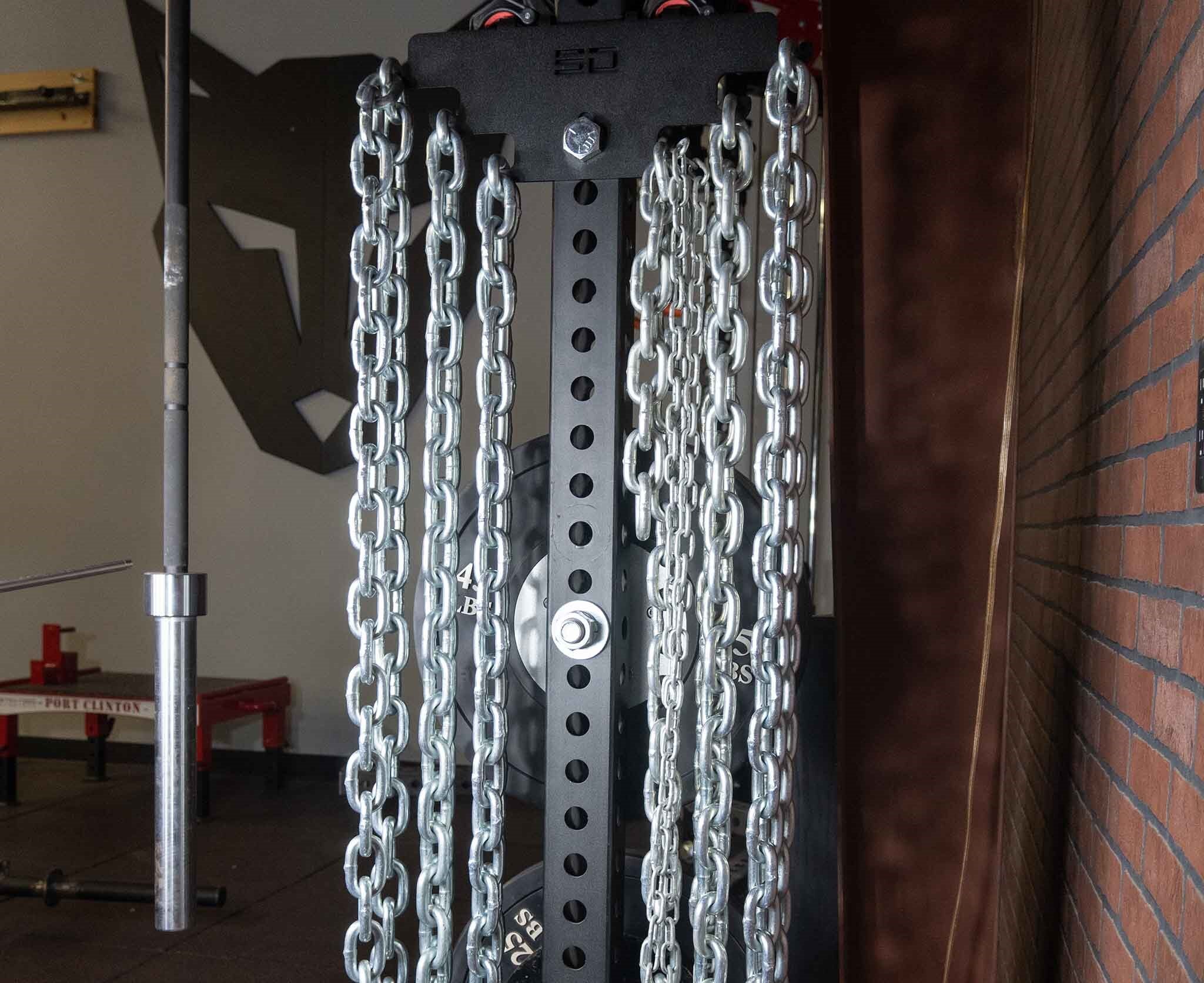

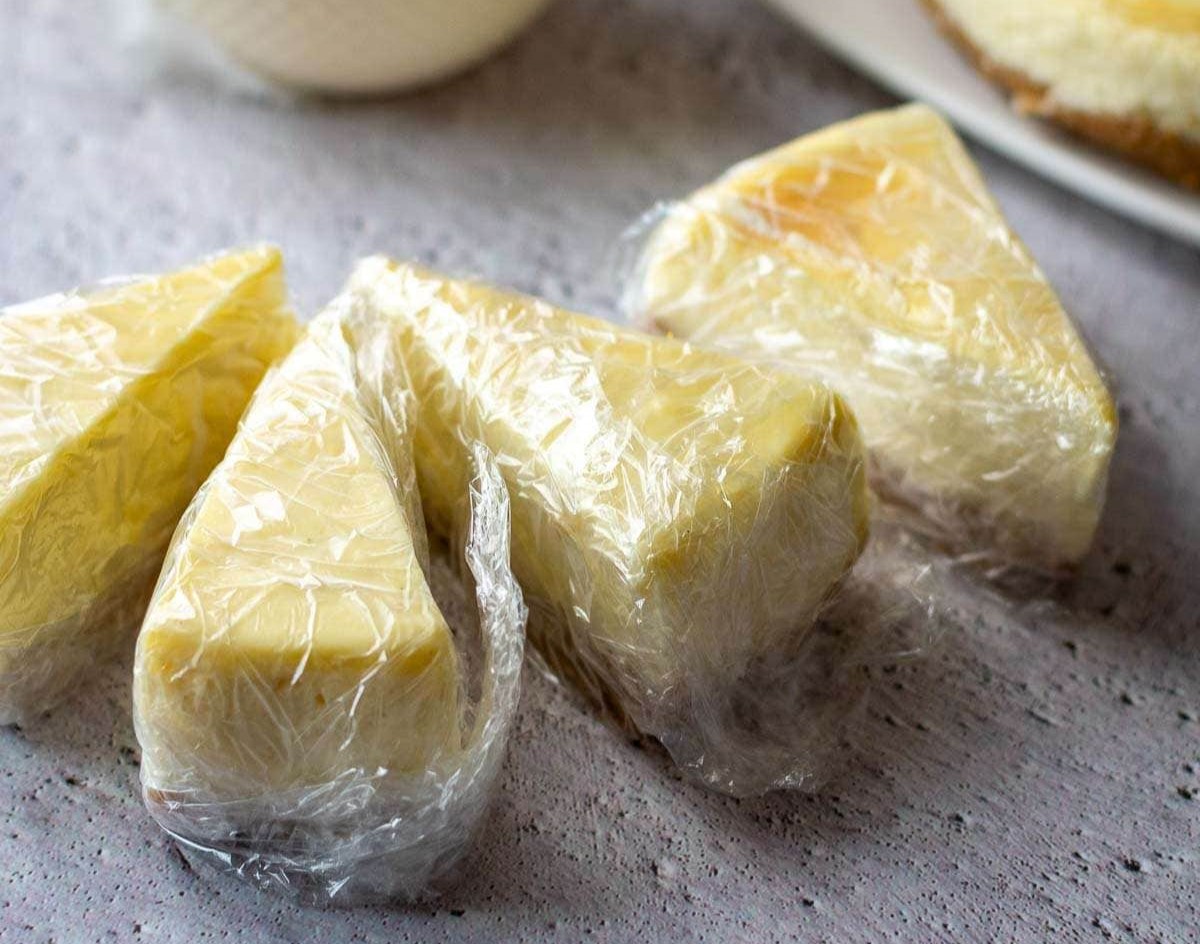

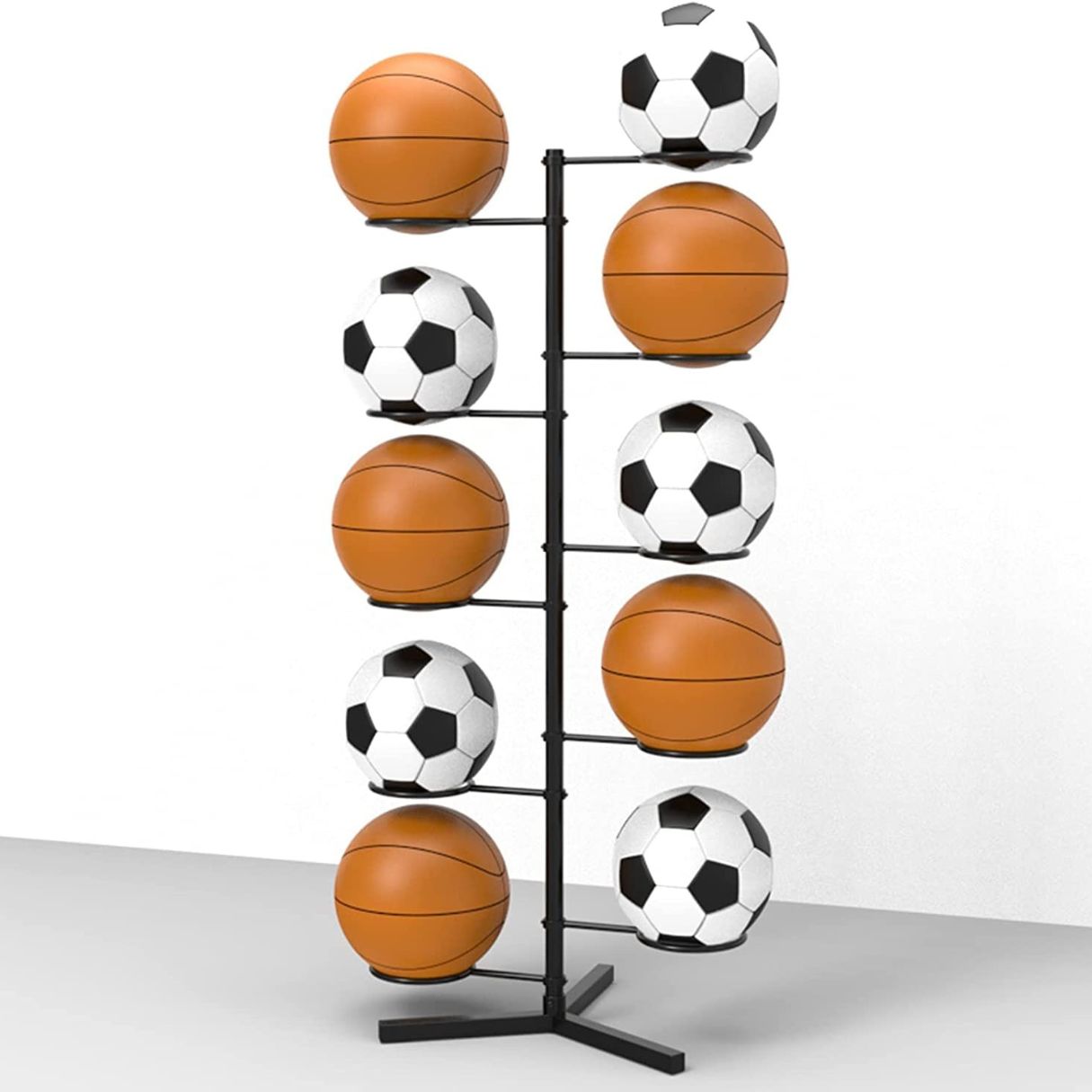
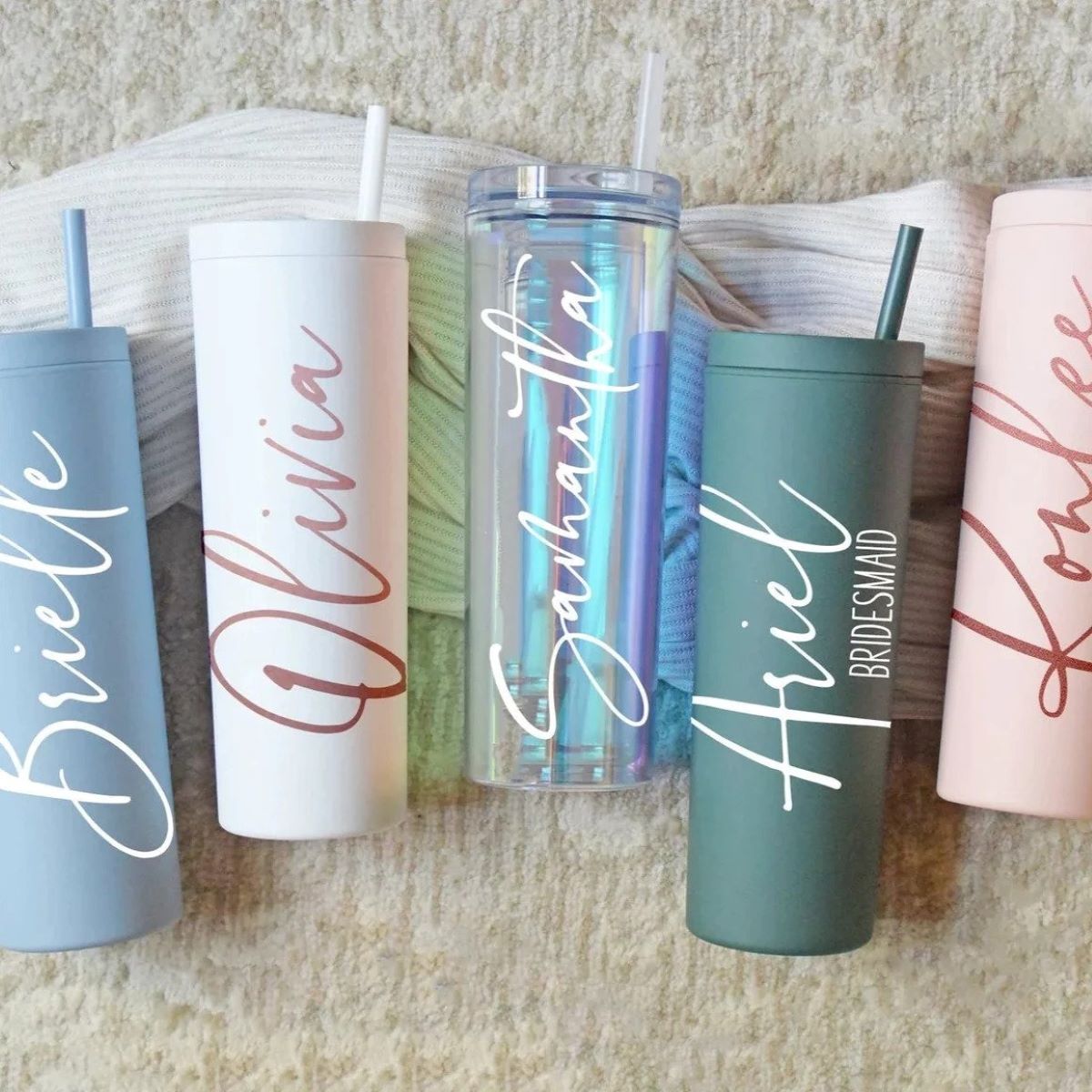

0 thoughts on “How To Store Waders”